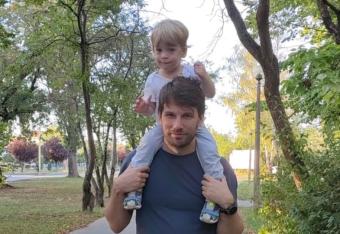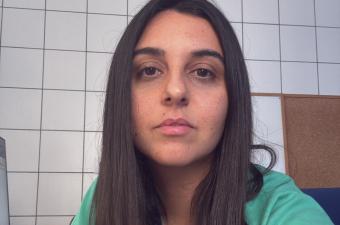They’re not the first in Malaysia to treat stroke patients with thrombolysis, but they are already the fastest.
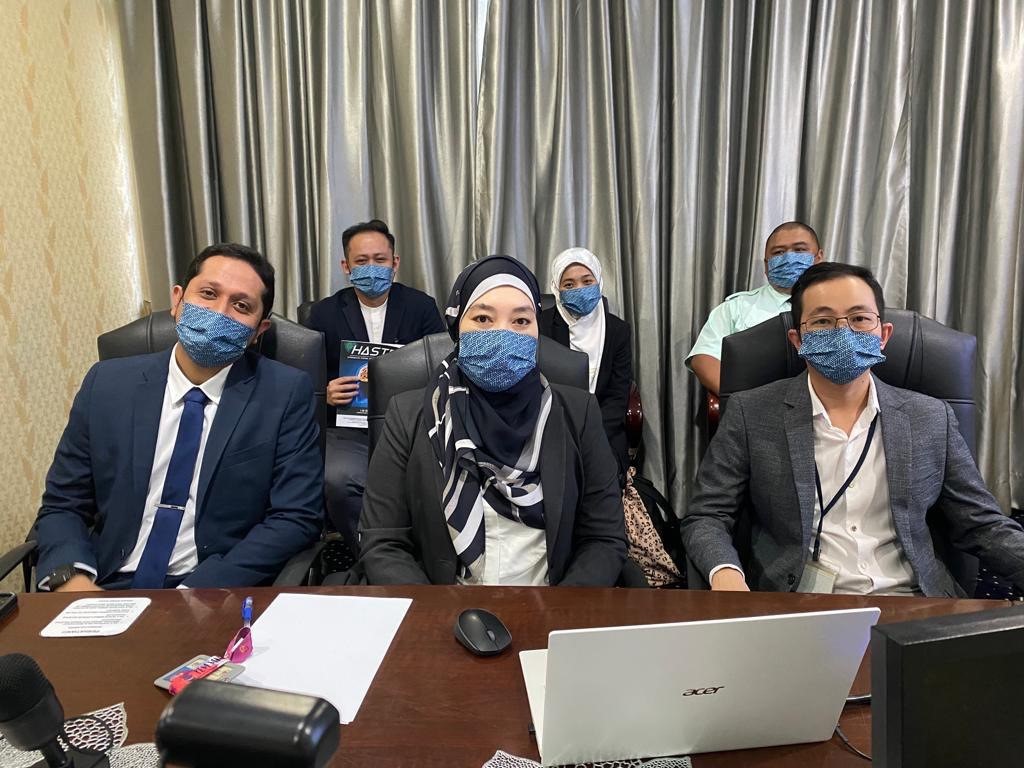
The first thrombolysis treatment at Tuanku Ja’afar Hospital in Seremban (HTJS) took place on 5 May 2019 and was accomplished in under 60 minutes. It is a door- to-needle time that many hospitals around the world would report with satisfaction even after several years of experience, but not this sprawling 50-year-old state hospital in Negeri Sembilan province, on the western coast of peninsular Malaysia.
By 2020, the stroke team at HTJS was treating the majority of its stroke patients within 45 minutes. By the start of 2021, more than half of its stroke patients were undergoing treatment in under 35 minutes, and by the second quarter - as the devastating third wave of COVID-19 was starting to ravage Malaysia - a WSO Angels Diamond Award marked a new milestone; a world-class median door-to-needle time of 25 minutes.
COVID-19 broke their stride only temporarily, as patient numbers dwindled at the start of the pandemic, but by the end of 2021, the stroke team at HTJS was borrowing supplies of rTPA from a neighbouring state to keep up with their work rate. Despite incorporating Covid protocols to protect their patients and themselves, their door-to-needle time did not waver.
Neurologist Dr Teh Pei Chiek and ER physician Dr Emi Noorina Binti Mohd Nor’s accounts of how the hospital had more than halved its treatment time in under three years, while doubling its recanalisation rate, contains few, if any surprises. In fact, what they shared is a textbook case of doing all the important things right.
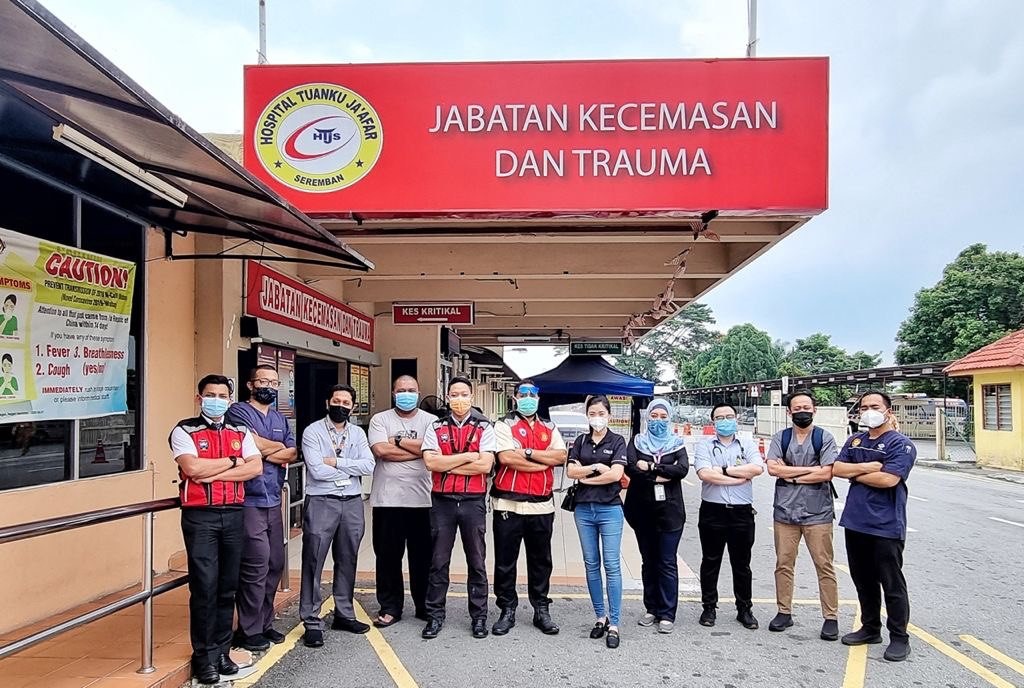
The need for speed
Tuanku Ja’afar Hospital sprawls on 26 hectares in the provincial capital Seremban located in the Linggi River valley, about 60 kilometres south of Kuala Lumpur. Originally known as Seremban General Hospital, it was renamed in 2006 for the tenth king of Malaysia who would die in his namesake hospital, two years after suffering a stroke.
With 1,143 beds and 23 clinical specialties, HTJS serves as a referral hospital for all of Negeri Sembilan. Although the incidence of stroke is rising here as it is across Malaysia, the hospital only began treating acute stroke after it acquired the services of a neurologist in 2018.
From the word go, Dr Teh had his sights set on the shortest possible door-to-needle time, and has devoted himself to eliminating obstacles one by one – “mainly,” he explains, “by removing all the unnecessary interactions along the pathway”.
Under his leadership and with Dr Emi’s support, the hospital has systematically implemented every new guideline for acute stroke protocol, from integrating prehospital services to treating at CT.
Prenotification is key and stroke patients are delivered directly to the CT imaging room which has been readied in advance. Stroke alerts to summon the multi-disciplinary team are disseminated, and precious minutes are saved by several actions being performed in parallel, including stroke severity evaluation and obtaining consent.
Close co-operation between neurology and radiology means the CT scan is interpreted right away, so that if the patient is eligible for thrombolysis, treatment can start without delay. The hospital’s own HASTE (Hyperacute Stroke Smart Track in Emergency) protocol and HASTE kit, both emerging from its collaboration with EMS services, have won a Malaysian National Innovation Competition but more importantly, by streamlining the pathway, they save lives.
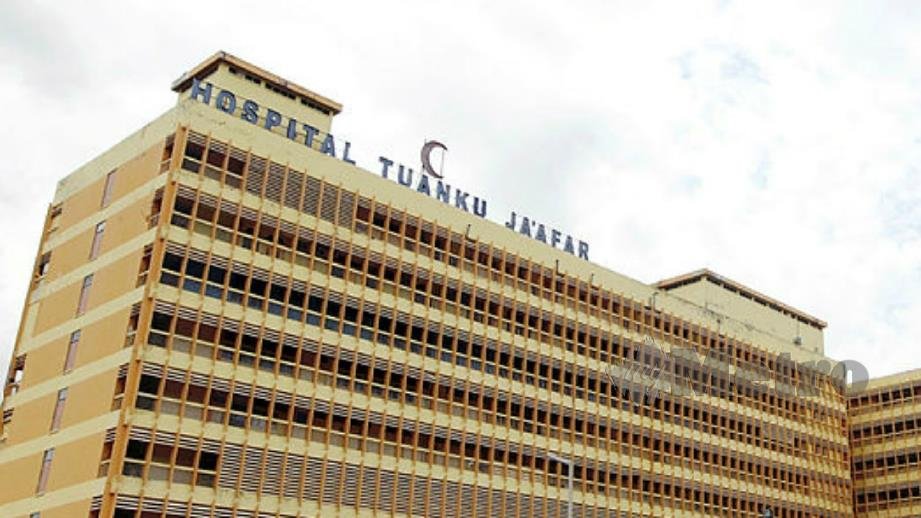
Addressing the challenges
The next challenge for Dr Teh and his team is bringing stroke patients to the hospital faster. Currently, only about one third of patients arrive at the hospital via EMS with another third referred from other centres. One third however, travel without assistance and too often outside the treatment window. It is a problem that can only be addressed through public health campaigns around stroke symptoms awareness and primary stroke prevention.
The HTJS team is also committed to improving stroke services at other hospitals in the region, where they hope to replicate their protocols and share their knowledge. Simulation drills at a nearby district hospital are already on the agenda, even though the neighbouring hospital has yet to appoint a neurologist.
Malaysia faces a shortage of healthcare specialists, including in the field of neurology. Speaking at the first Malaysia Stroke Conference in 2019, Director-General of Health Datuk Dr Noor Hisham Abdullah, estimated that 200 more neurology specialists were needed to meet the needs of stroke patients in the country.
At HTJS, Dr Teh’s passion for both neurology and his patients translates into long working hours, but a second neurologist is sorely needed so stroke patients can be assured of excellent treatment no matter the hour, and so that Dr Teh can get some well-earned sleep.

